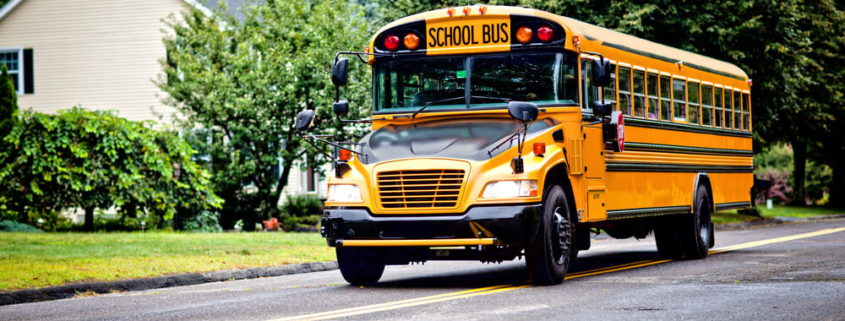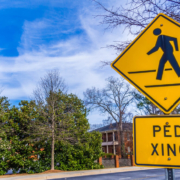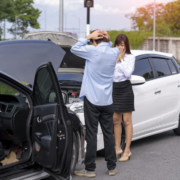Important Tips for Avoiding School Bus Accidents
School buses make it possible for millions of children in the United States to get to school safely and on time. They are especially important in remote and rural areas where parents would otherwise have to drive upwards of 30 minutes just to get to school. While school buses are very safe for their occupants, they can cause serious damage to other vehicles in a collision. Furthermore, pedestrian accidents involving school buses are likely to cause severe or fatal injuries.
Find out more about school bus safety and accident prevention. For more advice regarding your school bus accident in Pennsylvania, call Kingbird Legal at 484-289-4880.
What Causes School Bus Accidents?
Whether you drive a school bus or you have a child who rides the bus, understanding what causes collisions is the first step in preventing them. Some of the commonly reported causes of bus accidents include:
- Driver error: While bus drivers are highly trained before they’re entrusted with students, they can still make the same mistakes that other drivers make. If they don’t yield the right of way, misjudge their stopping distance, or drive too fast for road conditions, they could cause an accident.
- Other drivers’ mistakes: Other drivers can also cause school bus accidents. They may linger too long in a bus’s blind spot, drive around a bus when it is picking up students, or fail to leave enough space between them and the bus.
- Mechanical issues: School buses can experience mechanical issues that lead to breakdowns and accidents. Brake failure, engine issues, and other malfunctioning components often lead to collisions.
- Bus stop safety: It is crucial for kids to prioritize safety while waiting at the bus stop, getting on the bus, or getting off the bus. When they forget the safety rules, accidents may follow.
What Drivers Can Do
Everyone must do their part to reduce the risk of school bus accidents in Pennsylvania and Washington DC, including other drivers. They can:
- Review and follow traffic laws: Drivers must operate in specific ways around buses, especially when they are stopped to pick up or drop off children. When driving behind a bus or approaching a bus from the opposite lane, watch for its stop sign arm and be prepared to stop.
- Be aware of a bus’s blind spot: Much like commercial trucks, school buses have blind spots that extend around the entire vehicle. When driving alongside a bus, do your best to pass or drop back behind them quickly. When driving in front of or behind a bus, leave plenty of space.
- Be extra vigilant around children: Whenever you are driving around a bus, know that children could exit the bus or approach the bus at any time. Be prepared to stop with a moment’s notice.
- Be patient: Every bus driver has at least one story of an impatient driver honking at them, driving too close, or speeding around them and endangering children. Make sure you are never that driver—school bus drivers are just doing their best to keep kids in the community safe.
How Parents Can Help
Educating children on the importance of school bus safety should be a top priority when they begin school. A big part of that is teaching them about a school bus’s danger zone. This extends around the entirety of the bus, but the most dangerous areas are directly in front of it and the area directly next to the back passenger tire. Children in these areas are at serious risk of being hit. When children must cross in front of a bus, they should leave enough space, make eye contact with the driver, and wait to be waved across before crossing.
In many cases, this means that parents should wait at the bus stop with their children. Young children may forget the rules of school bus safety or get distracted by their friends. It only takes one mistake to cause a tragic accident.
Fight for Compensation After a Bus Accident with Kingbird Legal
Have you or your child been injured in a school bus accident? You could be entitled to compensation. We’re here to help you figure out your next steps. Reach out online or call us at 484-289-4880.












Leave a Reply
Want to join the discussion?Feel free to contribute!